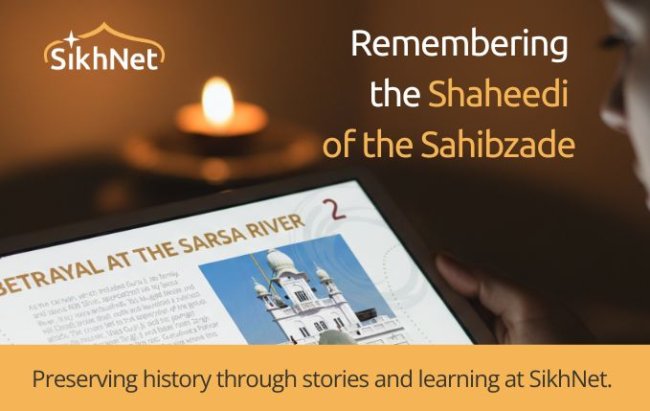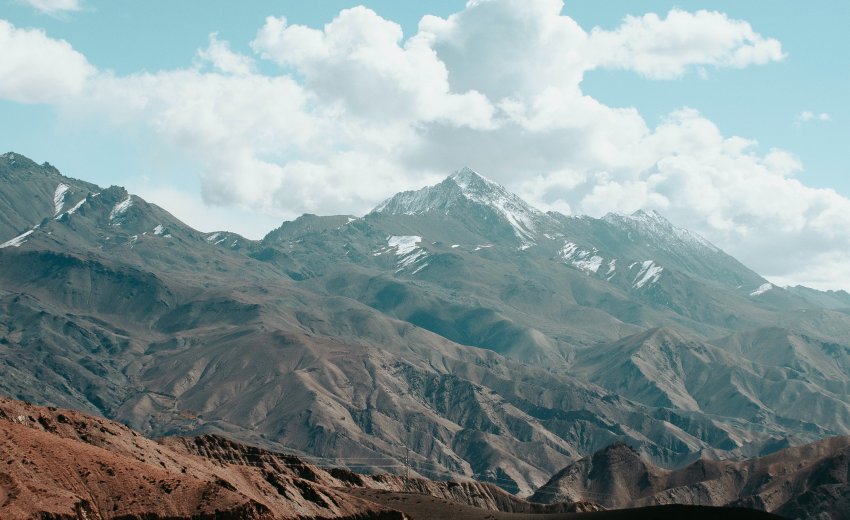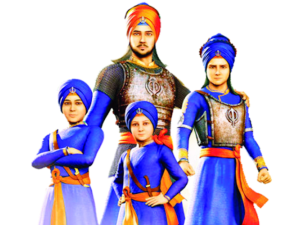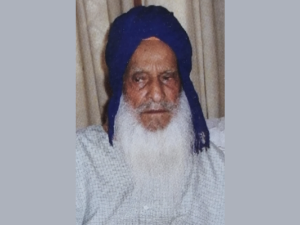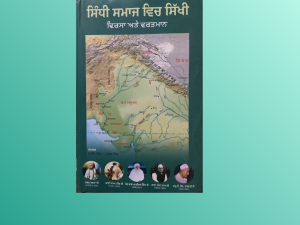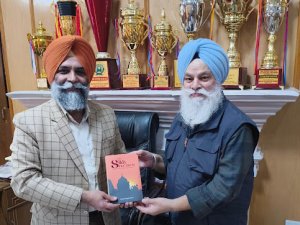The Sikhs of Jammu and Kashmir have a rich history dating back to Guru Nanak Dev Ji's time. Guru Nanak Dev Ji extensively traveled the region, leaving a significant impact on the people. His journeys are well-documented in various ancient manuscripts. Guru Nanak Dev Ji's teachings and Sikhism continued to spread in Jammu and Kashmir through his followers. Guru Hargobind Sahib, Guru Har Rai Sahib and Guru Gobind Singh Sahib also visited the J&K. During the Mughal and Afghan rule, Sikhs were settled in different regions of Kashmir, and conversions to Sikhism occurred, especially among Punjabi Brahmins. The Sikh population in the region grew during the Afghan rule. In later years, Sikh armies under S. Hari Singh Nalwa visited historic Gurdwaras in Kashmir, where 2000 Sikhs warmly received them. However, specific population figures during the Sikh rule were not documented. The Sikhs have played a significant role in Kashmir's history, and their presence has left an enduring legacy in the region. Maharaja Ranjit Singh conquered the Jammu region in 1800. In 1819, Kashmir was also brought under the Khalsa flag. S. Hari Singh Nalwa, a top general, played a significant role in establishing Khalsa rule in Kashmir.
Sikhs settled in different pockets of Jammu and Kashmir and played important roles during the Sikh rule under Maharaja Ranjit Singh and Khalsa army. They were known for their bravery and contribution to the army. However, they faced challenges during the Dogra rule and suffered atrocities during the Kabali attacks in 1947.
Punjabi is a vital language in Jammu and Kashmir and has cultural, historic, and religious ties with Punjab. The Jammu and Kashmir Official Languages Bill, 2020, declared Kashmiri, Dogri, Urdu, Hindi, and English as official languages, but it excluded Punjabi, which is a misfortune for Punjabis.
The historical analysis of Sikhs in Jammu and Kashmir reveals a multi-phased settlement and influence in the region. First Phase: During the travels of Sikh Gurus, missionaries were sent to Kashmir for the propagation of Sikhism. Ancestors of Sikhs in the valley came from Mathura and other places during the time of Mohammad Ghaznavi and settled in Kashmir, Pothohar, Rawalpindi, etc. They belonged to various castes like Dutts, Sasan, Soodan, Sadiwal, Raina, Reen, Lou, among others.Second Phase: During the time of Afghan Governor Sehajdhari Sikh Raja Sukh Jiwan Mal (1753-62), hundreds of Sikhs from Pothohar, Rawalpindi, Hazara, Punjab, etc., were brought to the valley. After the death of Raja Sukh Jiwan Mal, these Sikhs settled permanently in Kashmir. During this period, the condition of Gurdwaras in Mattan, Anantnag, Bij Behara, and Sri Chand was renovated and improved.Third Phase: Under the rule of Maharaja Ranjit Singh, Sikhs were brought from Punjab, Pothohar, Rawalpindi, etc., and settled in Kashmir. During the time of Governor Kashmir, S. Hari Singh Nalwa, a 'Shuddhi Movement' took place where about 50,000 Brahmans converted to Hinduism and Sikhism.Fourth Phase: During the reign of Maharaja Dogra Gulab Singh, Sikhs were recruited as part of the martial race in his army and allotted some Jagirs in villages.
The ancestral occupation of the Sikhs was primarily Army and Agriculture. They settled in remote, barren, and border hilltop areas, where agriculture output was initially low. However, through hard work and perseverance, they made remarkable achievements in agriculture, becoming hardy and successful agriculturists. Being a martial community, they sacrificed their lives for their motherland. Sikh Community has produced sons of soil as best soldiers like Baba Banda Singh Bahadur, Santu Singh Rance, decorated Generals like Bikram Singh, R S Reen. Pardeep Singh Mehta. Flying Officer Nirmaljit Singh Sekhon and Lt. Gen Bikram Singh achieved martyrdom for this soil. Captain Bana Singh PVC Sichen Hero and Captain Mohan Singh VC are from a minuscule community. Brigadiers like Rajinder Singh Chakar, Balbir Singh, Manohar Singh Tulla, Harcharan Singh VSM, Inderpaul Singh Bali AVSM, Air Marshal Devinder Singh Khajuria, AVSM, Havaldar Sarup Singh MVC, Commodore D S Sodhi and many more soldiers are sons of our soil.
Guru Hargobind Sahib perfected the doctrine of Miri Piri among the Sikhs. Among the Sikhs, politics is like a horse, and it is very important that the reins are in the hands of religion. Many politicians who have been associated with different parties from time to time but played marvelous roles for the community.They are Sardars Dayian Singh, Attar Singh Governor , Budh Singh Tyagi, Sant Singh Tegh, Jathedar Kapur Singh, Bhai Kanhiya Singh, Munshi Roop Singh, Kulbir Singh, Gurmukh Singh, Har Sajan Singh Bali,Harbans Singh Raina, Manjit Singh, pardaman Singh Azad, Harbans Singh Azad, Rangil Singh, Dr Harbajhan Singh, Giani Bhupinder Singh, Surinder Singh, Tarlochan Singh Wazir, Mohan Singh Nirman etc.
Overall, Sikhs being an ab initio minuscule community played a significant role in the cultural,educational, Political, religious, and social fabric of Jammu and Kashmir through their settlement and influence over various historical periods. They settled in different pockets of Jammu and Kashmir and played important roles during the Sikh rule under Maharaja Ranjit Singh and Khalsa army. They were known for their bravery and contribution to the army. However, they faced challenges during the Dogra rule and suffered atrocities during the Kabali attacks in 1947. About 33,000-35,000 Sikhs (including Nanak Naam Leva) sacrificed for Jammu and Kashmir. Despite adversities, the Sikh community has persevered and made significant contributions to various fields, including education and public service, producing professionals and officers in different domains.
